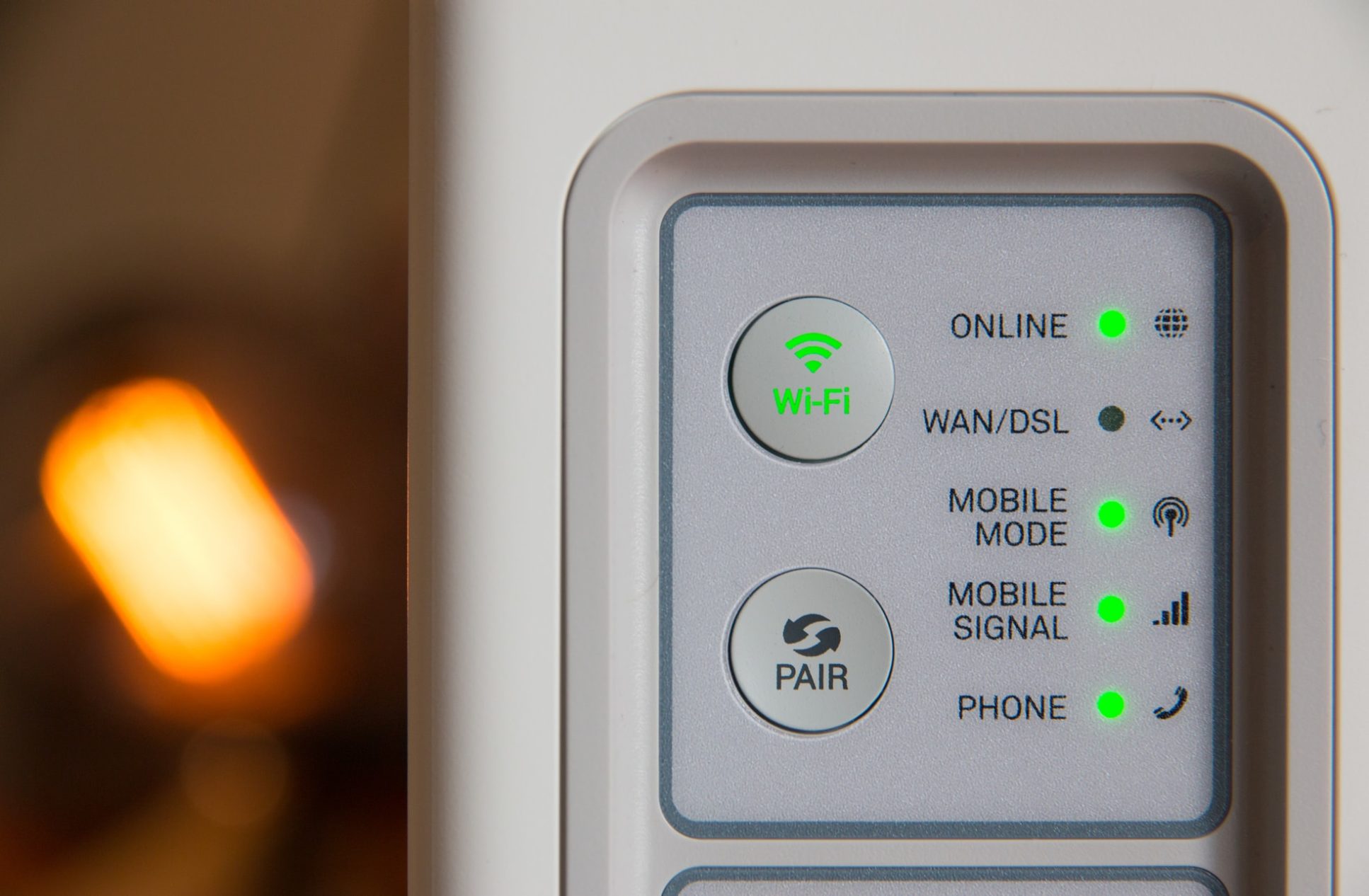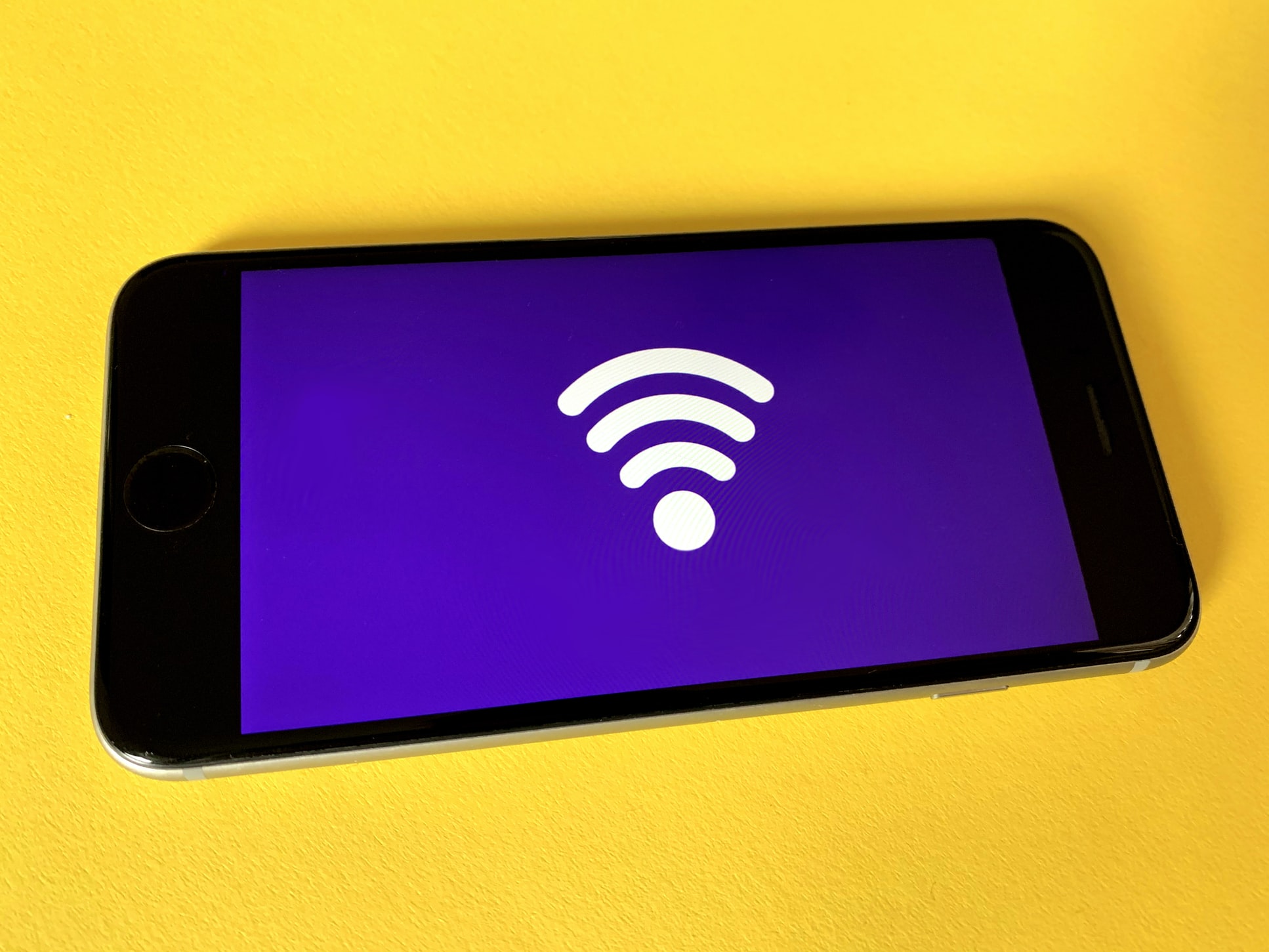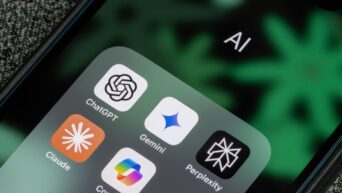
Credit: Unsplash
Some networks are looking to take rather than give.
If you open up your phone’s wi-fi settings in a public place, or even at home if you live in an apartment building or something, you’ll probably see an entire list of wi-fi networks. Most of these are either private, password-locked networks owned by individual people or complimentary wi-fi offered by businesses. In addition to those networks, though, there’s a fair chance you’ll see at least one nondescript connection without any kind of password protection. Now, everyone loves free wi-fi, of course, so you may be tempted to attempt to connect to this network, but trust me when I say that this could be a potentially disastrous idea.
You know how some complimentary wi-fi connections have little log-in portals you have to go through before you can start browsing? Yeah, well, those portals can be used to force-install malicious software on your device by bad actors. You’ve already given them access the moment you make the connection. These malicious connections may be disguised as either genuine networks or innocuous, blank networks, but the point is that you should be careful what you connect your device to, lest you compromise it.

Credit: Unsplash
So if you’re at home, do yourself a favor and don’t connect to any wi-fi but your own. And if you’re in public and want to use complimentary wi-fi, make double sure it’s the genuine article before you connect.
































